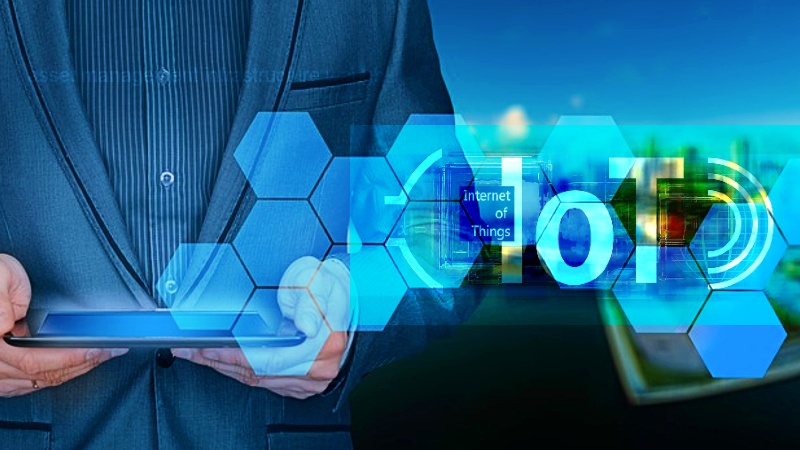

The Internet of Things (IoT) are devices like sensors or actuators that can communicate, interact and share data with each other and the outside world.

This is not a new idea.
Even the term ‘Internet of Things’ is already 20 years old, being thought up back in 1999 by a co-founder of MIT Auto-ID Centre, Kevin Ashton.
Even before this, Supervisory Control and Data Acquisition (SCADA) systems have been around since the 1960s.
So why all the fuss over the last few years?
The first question to ask ourselves is, do we even know what IoT is?
Is it something that is just so scary that we need to avoid it? Do we ever have any hope of understanding?
We need to realise that Local Government has been doing IoT.
For instance, we’ve been using it to make our pump stations and treatment plants talk to each other and operate better for decades.
Due to the convergence of many technologies in recent years, IoT has moved from a handful of high-end equipment to be commonplace in all types of devices.
In the home, your air conditioner, smart TV, fridge, coffee machine, watch, and even car could already be connected to the internet.
In transport, the monitoring of vehicles and packages that they contain.
In local government, traffic cameras, rubbish bins that tell you when they are full and air and water quality sensors.
These devices can connect directly connect to the internet and communicate with each other cost-effectively.
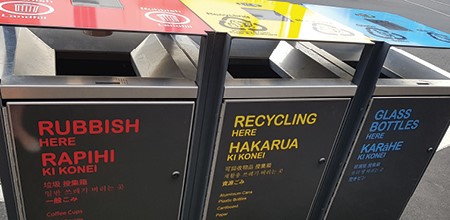
Smart bins – Dunedin City Council
The cloud infrastructure via the internet is another important part of the convergence that allows for very cheap storage and processing of all the data that these devices generate.
This means that the devices can become smaller, more focused and cheaper as the processing is done elsewhere.
Because the data is in the cloud, it can also be consumed anywhere and with anyone you have shared it with.
Data no longer needs to be difficult to share with the people who could benefit from it.
For example, a sensor picking up an increase in small vibrations in the earth could give citizens a 15 to 30-second warning of an upcoming earthquake – just enough time to get into a safer place.
When you combine the cloud with another layer of Artificial Intelligence, automation of detection and decision-making can be achieved.
Already systems that use strategically placed smart cameras can identify a traffic accident and alert the various emergency services of the situation.
There are challenges that will need to be overcome. Some of these are technical, like the need for standards and increased bandwidth and infrastructure. Some are personal, like security and privacy.
But with the continuing increase in the abundance of devices, data, storage, and analysis, local government and citizens will be more able to respond to the information and insights that the IoT can provide.
So now that we are feeling more comfortable with “what is this IoT?”
The next step will be how we incorporate this into our future decision-making.
We don’t need to know the answers, solutions or technologies now. Still, we want to be confident our future decision-making process includes asking the correct questions that open us to the possibilities.
And how do we ensure what we are doing improves the lives of our citizens?
This will be discussed in further detail in my next blog…
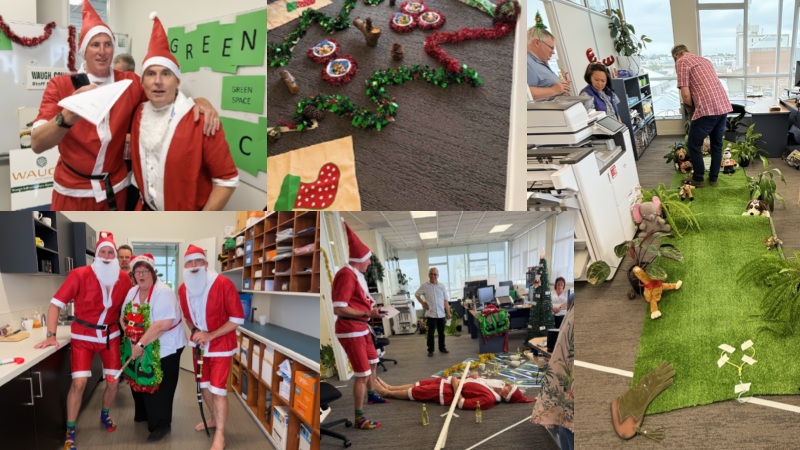
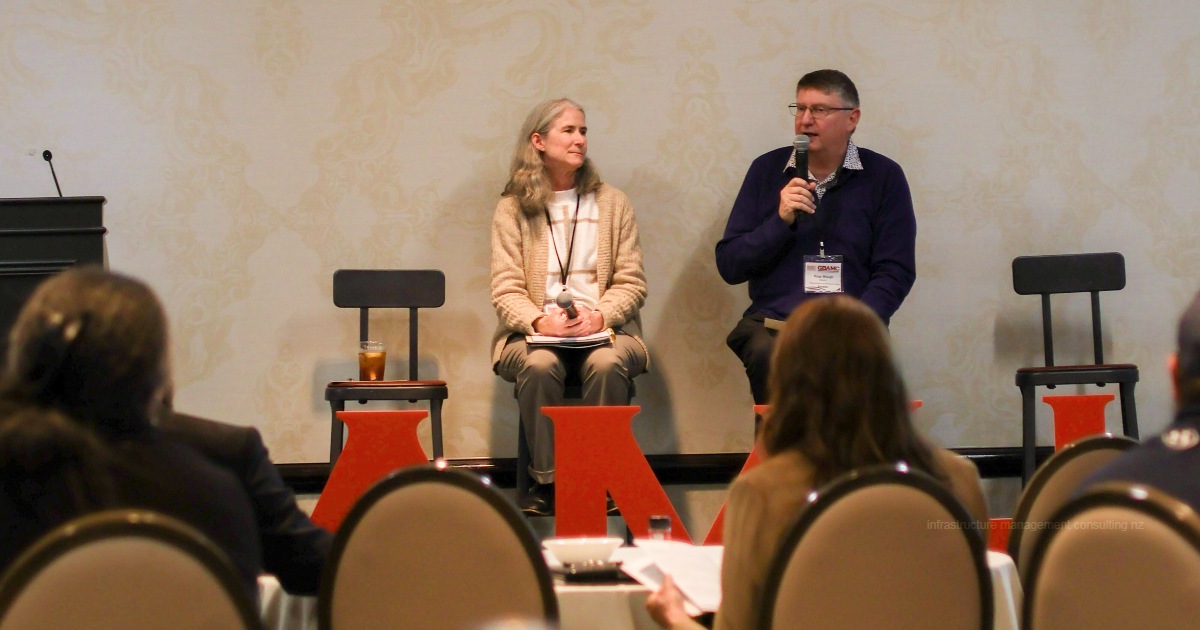
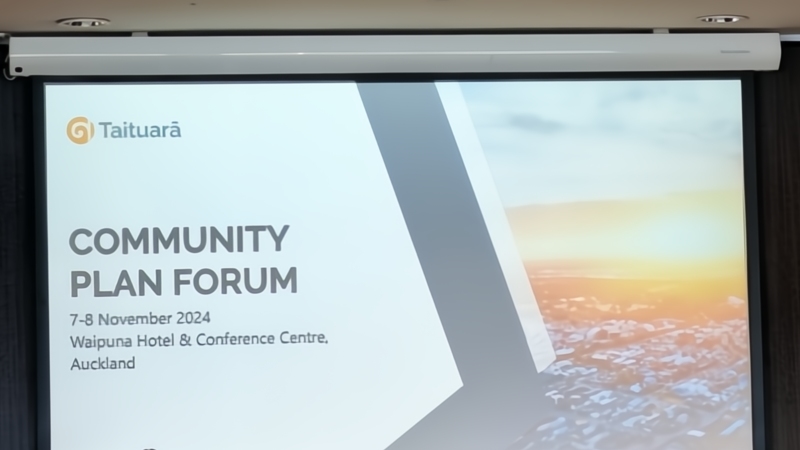


[…] a software perspective, the conference raised questions around the use of the cloud, the Internet of Things, how artificial intelligence can take on more mundane tasks and possibly provide better consistency […]